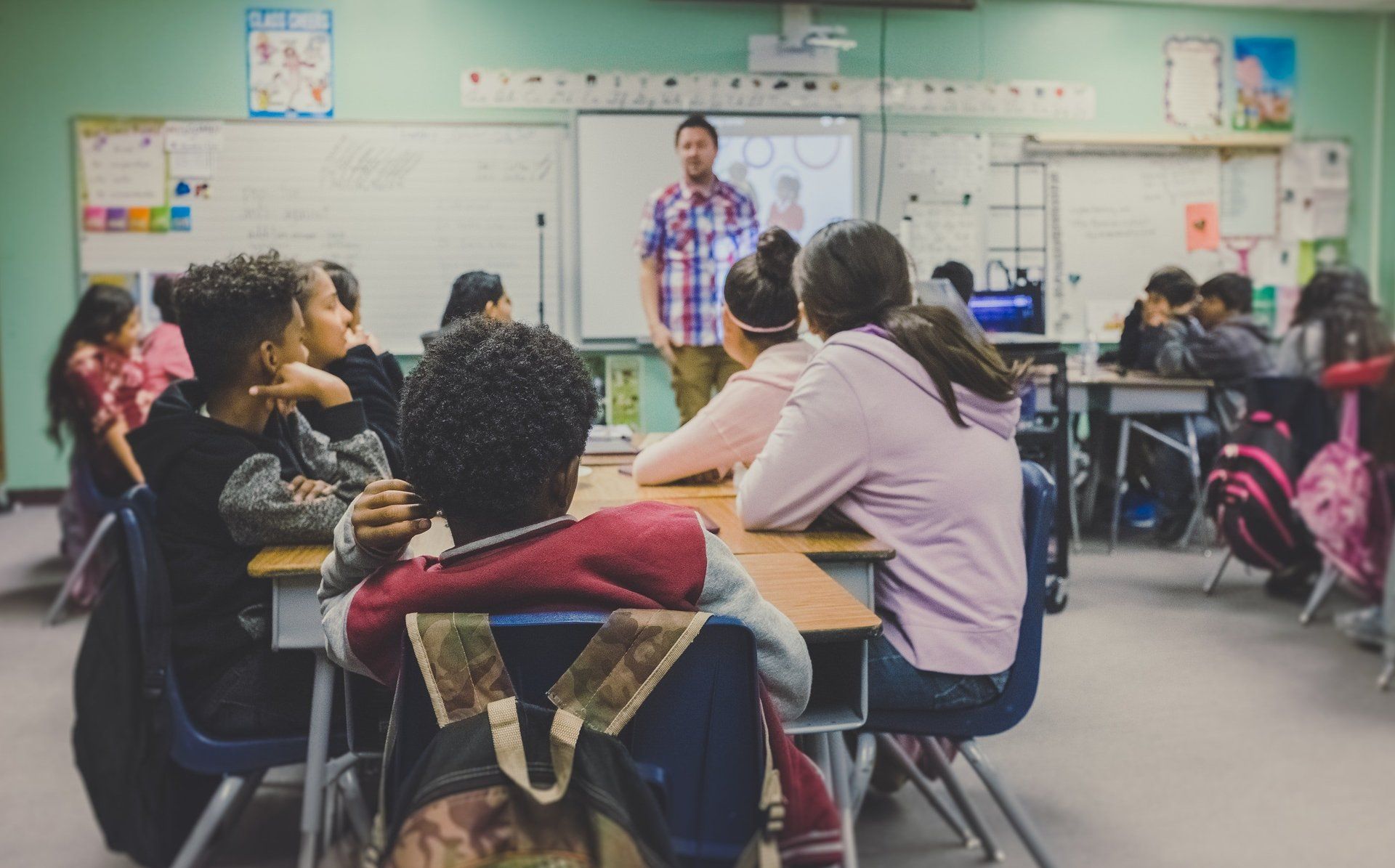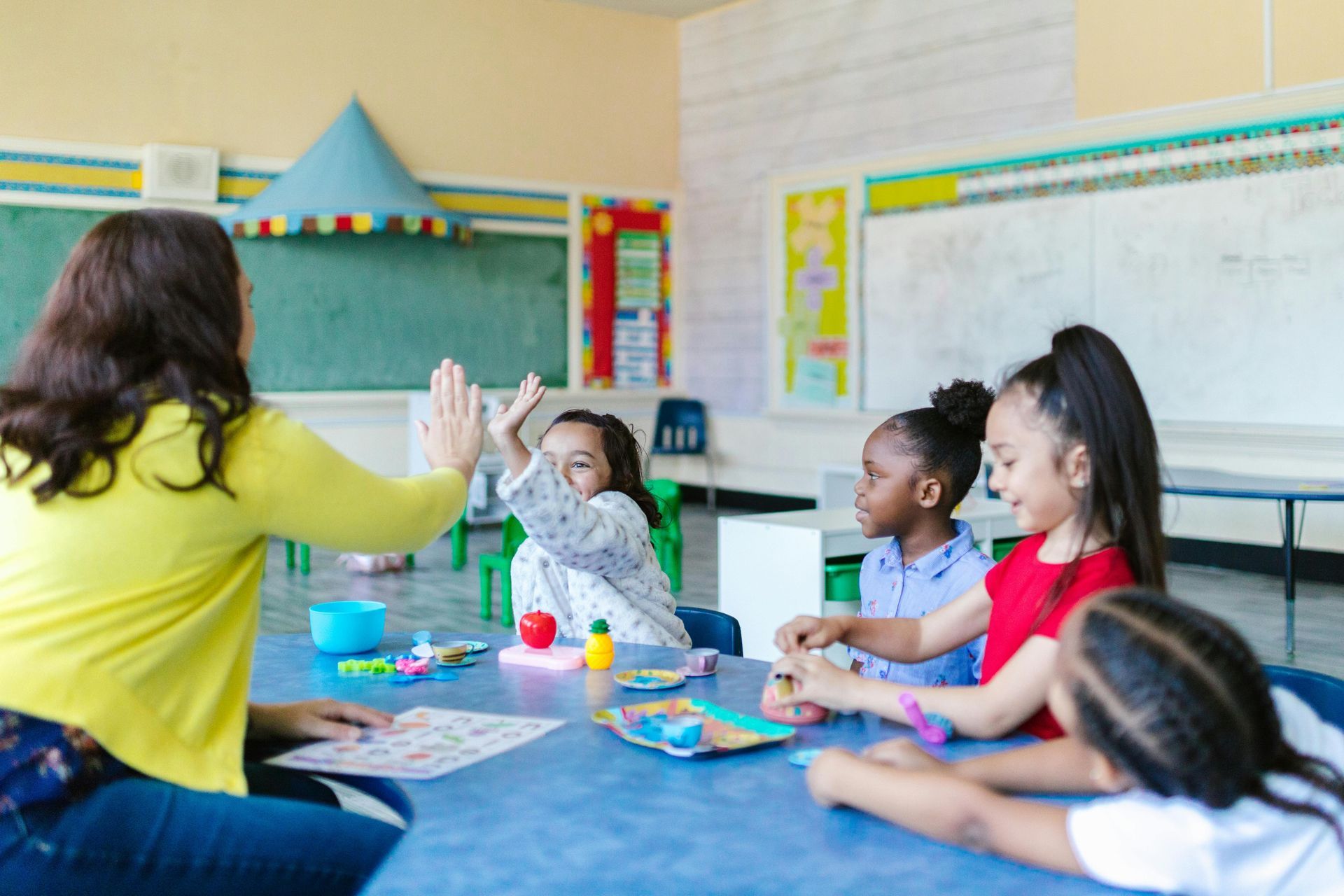Using Scarborough’s Reading Rope to Differentiate Literacy Instruction
A practical framework for meeting every reader where they are
When Hollis Scarborough introduced the Reading Rope (2001), she gave educators a powerful way to picture how reading develops over time. The model shows two strands woven together. One strand, Word Recognition, includes skills like phonological awareness, phonics and decoding, and the ability to recognize words automatically. The other strand, Language Comprehension, represents the knowledge and skills readers bring to text (i.e., vocabulary, background knowledge, grammar, reasoning, and an understanding of how print works). As students become more skilled, the strands tighten, reflecting how these abilities work together to support fluent, strategic reading.
Scarborough was clear that the rope wasn’t just a celebration of reading success—it was also designed to help us see where things may come undone. If a strand is weak or “frayed,” students may struggle, and educators can use the model to identify which skills need targeted support.
For faculty who prepare future educators, Scarborough’s Reading Rope is more than a metaphor—it functions as a practical roadmap for teacher development. It can help candidates learn how to (a) diagnose students’ strengths and weaknesses by analyzing which strands of the rope are tight and which are “frayed”; (b) plan instruction that addresses those specific needs rather than relying on a one-size-fits-all model; and (c) design and implement programs of study that explicitly prepare teachers to differentiate literacy instruction for diverse learners. In this way, the rope moves from being a visual model of reading to a framework for preparing teachers who can make data-informed and responsive instructional decisions.
From Framework to Practice: Using the Rope for Differentiation
While Scarborough’s Reading Rope provides a clear model of how reading develops, its real power lies in how it can guide instruction for all learners. Every child’s rope looks a little different—some strands are strong and tightly braided, while others may be thinner or looser, signaling where growth is needed. For students with dyslexia, challenges may appear in the word recognition strands. For emergent multilingual learners, the language comprehension strands may require extra attention as they acquire vocabulary and background knowledge in more than one language. Neurodiverse students may benefit from supports that strengthen executive function and engagement, weaving in skills that help them regulate focus and motivation. And for gifted learners, the strands may tighten quickly, requiring teachers to enrich and extend instruction so that reading remains both challenging and rewarding.
For faculty in educator preparation programs, this means teaching candidates to look beyond a one-size-fits-all approach. Instead, they must learn to analyze where individual students’ ropes need reinforcement and design instruction that targets those strands while still fostering growth across the whole rope. Differentiation is not about lowering expectations; it’s about recognizing diverse learner profiles and ensuring that every child’s rope has the support it needs to become strong and resilient.
How to Use the Rope for Differentiation Across Learner Profiles
1) Students with dyslexia (primary needs in Word Recognition). Start with explicit, systematic Structured Literacy aligned to the rope’s lower bundle: teach phonemic awareness (with articulation), a cumulative phonics scope-and-sequence, decoding/encoding to mastery, and extensive practice reading decodable text to build automaticity. Emphasize orthographic mapping and morphology to accelerate sight recognition of complex words.
2) Neurodiverse learners (e.g., ADHD). For individuals with ADHD, intensifying instruction and teaching self-regulation within literacy —such as goal setting, self-monitoring, and peer-mediated reading — can improve both engagement and skill acquisition. Embed these supports inside rope-aligned routines (e.g., self-monitoring while applying a decoding strategy or summarizing a complex paragraph).
3) Culturally and linguistically diverse learners (including emergent multilingual learners). The learning-to-read process is broadly similar across alphabetic languages, but equitable design must leverage students’ linguistic repertoires and background knowledge. Use the rope’s upper strands to plan explicit vocabulary and language-structure instruction, and integrate translanguaging (e.g., bilingual glossaries, cross-language morphology, home-language discussion) so students can marshal their full linguistic resources while building English print skills.
4) Gifted and talented readers. When screening shows tightly braided strands early, compact foundational skills and accelerate depth: sophisticated morphology/etymology study, disciplinary text structures, and rich debates that expand knowledge and vocabulary. Differentiation should adjust level, complexity, depth, and pacing, with flexible grouping and opportunities for acceleration and enrichment—again, decisions you can justify by inspecting which strands are already strong.
Program Design Moves for Educator Preparation Faculty
Map assessment to strands. Require candidates to administer and interpret a screening battery that touches each strand (e.g., phonemic awareness, phonics/decoding, fluency/sight recognition, vocabulary, oral language comprehension, background knowledge proxies). Have them represent results on a rope graphic and write an instructional plan that targets the lowest-capacity strand(s) while maintaining practice in the rest.
Teach intensification within MTSS. The rope helps candidates identify what to teach; MTSS helps them decide how much and how intensely. Introduce Fuchs and colleagues’ Taxonomy of Intervention Intensity (strength, dosage, alignment, transfer, comprehensiveness, behavioral/academic support, individualization) (2017) so candidates can scale instruction from Tier 1 to Tier 3 without abandoning rope alignment. Practice adapting one routine (e.g., phoneme manipulation or text-based inference work) across tiers.
Integrate UDL so supports are planned, not retrofitted. CAST’s UDL Guidelines 3.0 give candidates design options that pair naturally with rope strands: multiple representations for language structures and vocabulary; assistive/accessible tools for decoding and fluency practice; varied expression (oral, written, multimedia) for comprehension. UDL also surfaces identity, belonging, and bias—critical for culturally responsive literacy tied to the rope’s language comprehension bundle.
Plan for both remediation and enrichment. Have candidates build parallel plans: (a) rope-aligned remediation for students with dyslexia or comprehension-specific difficulties; (b) rope-aligned enrichment/acceleration for advanced readers (e.g., compacting plus disciplinary literacy tasks). Use NAGC’s guidance to calibrate level and pacing.
Why the Rope is a Powerful Differentiator
The Reading Rope’s true value for teacher preparation is that it grounds instruction in the essential components of reading while also creating space to plan the appropriate supports, intensity, and designs for diverse learners. When faculty guide candidates to (1) diagnose student needs strand by strand, (2) strengthen instruction using MTSS tools to adjust intensity, and (3) design lessons inclusively with UDL principles, the rope shifts from being a visual model to becoming a practical framework for delivering differentiated literacy instruction that reaches every learner.
References
CAST. (2024). Universal Design for Learning Guidelines, version 3.0. https://udlguidelines.cast.org
Fuchs, L. S., Fuchs, D., & Malone, A. S. (2017). The taxonomy of intervention intensity.
Teaching Exceptional Children, 50(1), 35-43.
https://doi.org/10.1177/0040059917703962
National Association for Gifted Children. (2014, March 22).
Differentiating Curriculum and Instruction for Gifted and Talented Students [Position statement]. Washington, DC: National Association for Gifted Children.
https://assets.noviams.com/novi-file-uploads/nagc/Position_Statements/differentiating_curriculum_a.pdf
Scarborough, H. S. (2001). Connecting early language and literacy to later reading (dis)abilities: Evidence, theory, and practice. In S. Neuman & D. Dickinson (Eds.),
Handbook for Research in Early Literacy (pp. 97-110). Guilford Press.


